Remembering Karl Benjamin
Local legend, wizard of color leaves lasting legacy
Speaking to those who knew Karl Benjamin, a longtime Claremonter and renowned abstract painter who died July 26 at the age of 86, 3 themes emerge: his warmth and generosity to family, friends and students; his prolific artistic output, fueled by a strong work ethic and a genuine joy at being among his paints and canvases; and an almost alchemical mastery of color.
“In every bio of Karl, in every review, everyone always talks about these just sumptuous and impossibly perfectly combined colors that seemed to dominate the emotional life of the paintings. He was some kind of magical genius about why salmon looks perfect next to ochre or Tasmanian blue,” said Marie Chambers, director of Louis Stern Fine Arts, a West Hollywood gallery that has represented Mr. Benjamin since 2004.
It is Mr. Benjamin’s use of color that made him the most prominent of the painters included in the groundbreaking 1959 Los Angeles County Museum of Art exhibit, “Four Abstract Classicists: Karl Benjamin, Lorser Feitelson, Frederick Hammersly and John McLaughlin.” The highlighted artists were known for a southern California-born oeuvre called Hard-edge painting, which eschewed expressionism in favor of geometry.
The exhibit’s curator, art critic Jules Langsner, explained the genre thusly: “Abstract Classicist painting is hard-edged painting. Forms are finite, flat, rimmed by a hard, clean edge. These forms are not to evoke in the spectator any recollections of specific shapes he may have encountered in some other connection. They are autonomous shapes, sufficient unto themselves as shape.”
While Mr. Benjamin did achieve the aforementioned clean edge, using masking tape, the effects of his color choices challenge the critic’s definition of forms that are flat. The way the same color would change with various juxtapositions made Mr. Benjamin’s canvases extremely fluid, said James Hueter, another member of the art community that sprung up around the Claremont Colleges in the ‘50s, born of GI Bill education funding and a post-war creative boom.
“You see one thing and then it’s, ‘Oh my goodness, look what’s happening here!’ and ‘Look what’s happening here!’” said Mr. Hueter. “A painting is never one thing. It’s an infinite number of things, and that’s certainly the way it was with Karl.”
Mr. Benjamin’s canvases may be ever-changing, but his formula was simple and unerring…hard work. He was an elementary school teacher in Chino from 1953 to 1976 and, in a poem called “The Artist At Home,” his daughter Beth recalled her father’s routine after getting home at about 4 o’clock. After drinking a cup of coffee, leafing through the mail and visiting his children, he would head out for the studio. Always.
“I loved the smell of turpentine/the blue ceramic vase of brushes/the cubby stacked with smooth metal tubes/Alizarin crimson/Cadmium yellow/Mars black and Thalo blue/charcoal lines sketched on stretched linen/waiting for the man’s beautiful choices.”
Sometimes, after gathering a carefully selected palette of pigments, Mr. Benjamin would ask his children to pick the color he would start a painting with, adding a bit of chance to his choices.
Mr. Hueter marvels at Mr. Benjamin’s consistently large output.
“I asked him once, ‘How is it you can work with your teaching all day and then come home and start working on your paintings, and the next morning do more? Where does your energy come from?’ He said to me, ‘I just want to see how they’ll come out.’”
Later, Mr. Benjamin would shift his teaching focus to post-secondary education, serving as professor and artist-in-residence from 1979 to 1994 at Pomona College and the Claremont Graduate University. He was a wonderful teacher and friend, said Roland Reiss, another celebrated member of Claremont’s art community and a professor emeritus at the Claremont Colleges.
“Karl was one of the warmest, kindest people you will ever meet—I’m not exaggerating. Students and friends sought him out over the years, and not just because he was enormously successful,” Mr. Reiss said.
Steve Comba, assistant director and registrar at the Pomona College Museum of Art, first learned of the Claremont Colleges as an undergraduate, when Mr. Benjamin came to UC Santa Barbara as a guest lecturer. He headed east to CGU, where Mr. Benjamin proved to be a delightful mentor.
“What’s interesting about Karl is that, even though I studied with him for 2 years, he never taught me how to paint. But he taught me how to be a painter,” Mr. Comba recalled. “He wasn’t your typical didactic, headstrong professor type. He led by example and guided you with supportive urging.”
Mr. Benjamin’s students never forgot him. According to Mr. Comba, the Benjamin home was the first stop colleagues and former students would make upon returning to Claremont. But Mr. Benjamin’s art did fade into relative obscurity in the ‘80s and ‘90s.
In recent years, there has been a renaissance of interest in Mr. Benjamin’s work, partially due to the growing cachet of mid-century art and culture. In 2008, his paintings were included in “Birth of the Cool: California Art, Design and Culture at Midcentury.” This Orange County Museum of Art retrospective examined the jazzy and often iconoclastic visual, architectural and musical works produced on the West Coast in the ‘50s and early ‘60s.
Mr. Reiss said it was a thrill to see his friend garner this kind of attention, well deserved considering Mr. Benjamin’s dazzling legacy.
“Where you go after someone has passed is to their work, and you will see them there. That is the way that artists continue to live.”
David Pagel, chair of the art department at the Claremont Graduate University and an art critic who writes for the Los Angeles Times, agrees you can meet the man through his paintings.
“They’re better in the flesh. It’s old-fashioned, well-made things,” he said. “He put paint down as if his life depended on it. And that’s really gratifying to see.”
Mr. Benjamin will also live through the university’s annual Karl Benjamin award, which each year gives money to a promising new graduate for art supplies or whatever else they need to keep going with their art.
Ms. Chambers notes with pleasure that Louis Stern Fine Art will continue to represent Mr. Benjamin’s sizeable artistic estate. She said the paintings are in wonderful condition due to his care with their creation and storage. The price they fetch continues to rise.
“Our relationship with Karl is ongoing. The work goes on,” she said. “It was interesting. We sold a very beautiful and big Karl Benjamin painting, literally 2 days before he died. We put a check in the mail because he got paid. The appreciation and the demand for Karl’s work has gone through the roof.”
Her own appreciation also continues to grow.
“That use of color, it’s just a home run. It was genius on every painting,” she said. “The thing that’s always struck me most is those colors, and how open-hearted they are. Karl Benjamin’s paintings not only made you happy to look at them, but they made him happy while he painted them. That’s a double whammy.”
—Sarah Torribio



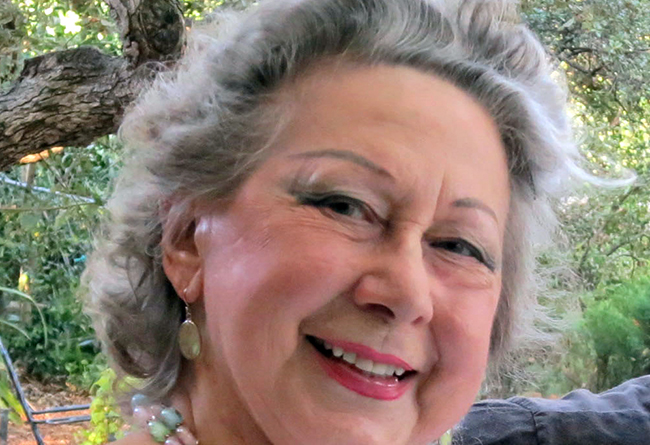
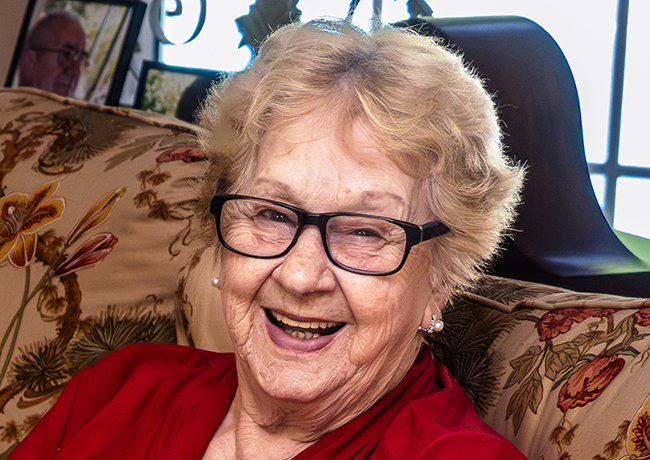
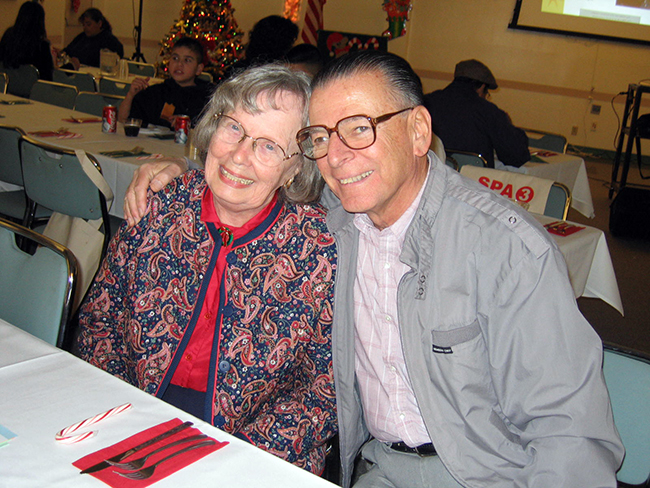
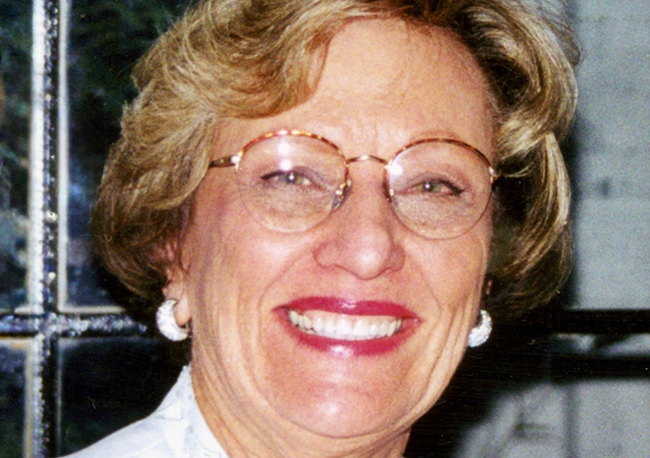
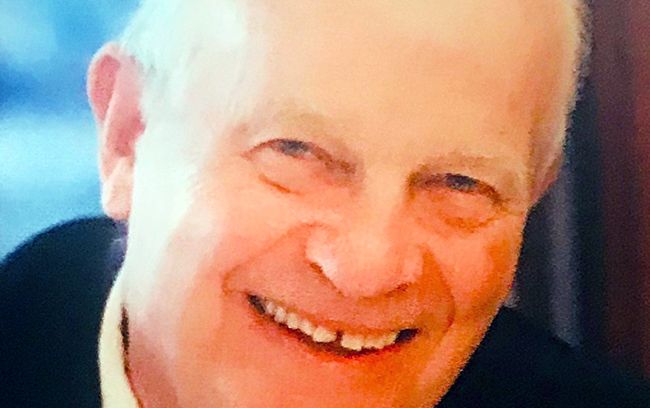
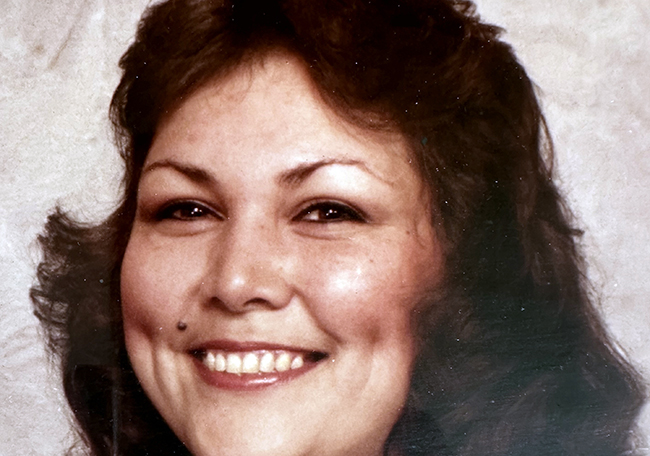

0 Comments